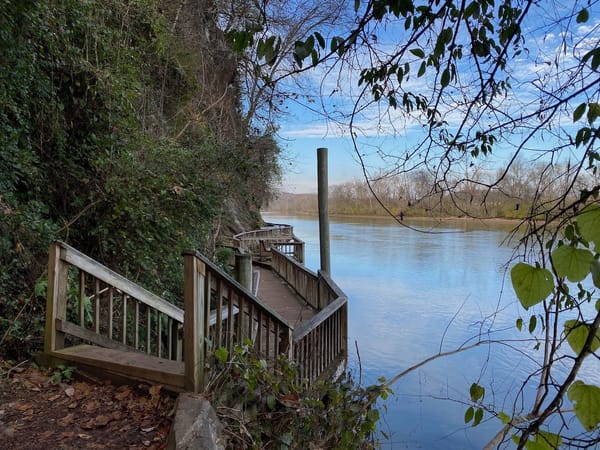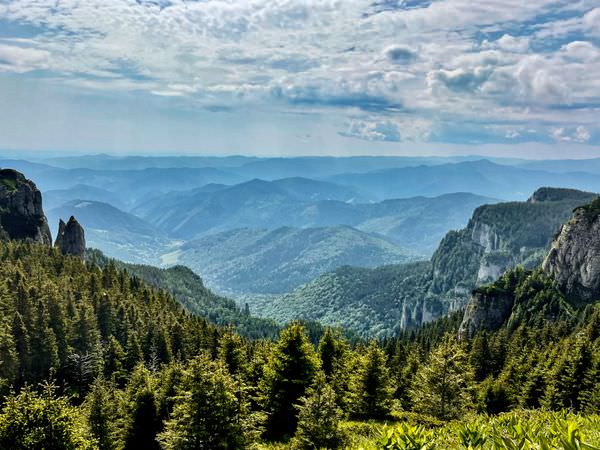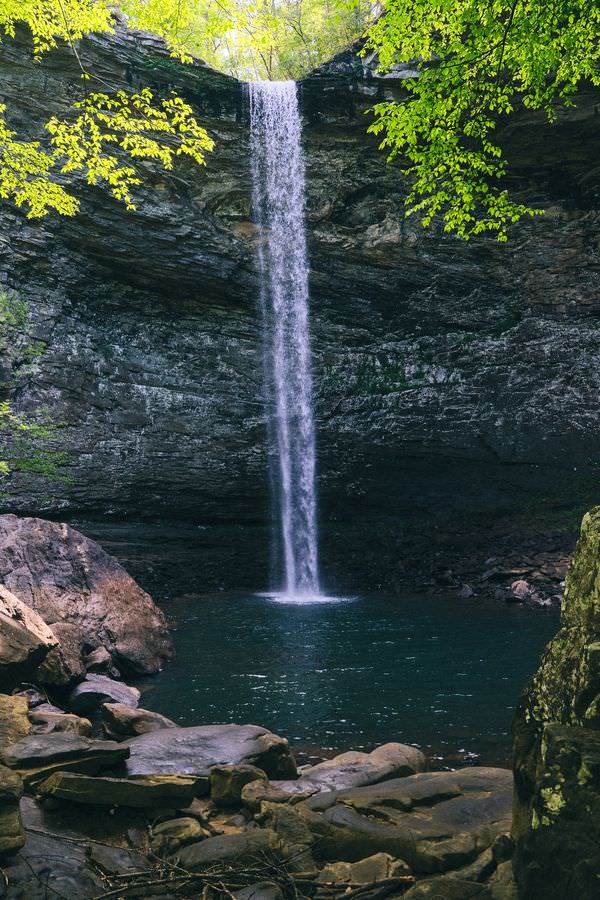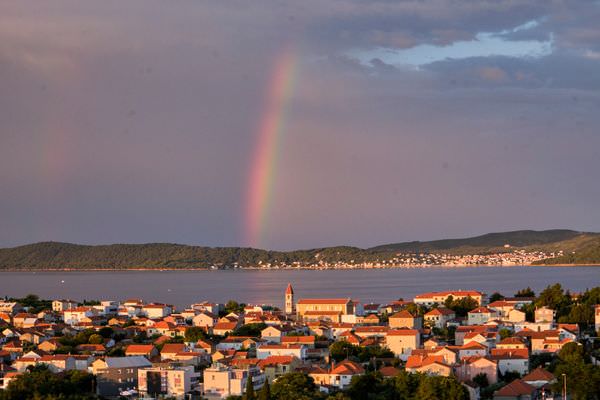Dalmatian Coast
Anna and her sons write of their experience of the Dalmatian Coast.

Anna, the Mom
Dalmatian Coast is named after an ancient Illyrian tribe called the Dalmatae which lived on the rough slopes of the Dinaric Alps by the Adriatic Sea at the same time as the other Indo-European tribes, the Greeks, and the Thracians. Dalmatae comes from the Albanian word delme, which means sheep or delmer (shepherd) both words could be evoking the occupation of the Dalmatae people inhabiting the steep slopes of the coast.

Travelling on the Dalmatian Coast in the middle of a big, hot drought wave that swept the whole Europe this summer was not something we had planned, it so happened that we were there at that time. It proved to be a blessing to us. The salty breeze and the cool waters of the Adriatic Sea meant more than the fun one expects to have on a vacation, but during this time they became coping through the heat wave.

We have never traveled to this part of the world before, so discovering the Dalmatian Coast was a pleasant surprise. I enjoyed gazing upon the high hills diving abruptly into the turquoise, calm of the Adriatic Sea where the many islands and islets break winds and surf. I relished exploring the alleys of polished cobblestones, taking us into quaint old downtowns, into the hearts of the cities of the coast.

My favorite thing to do on the Dalmatian Coast was going to the beach. All the beaches we saw and went to on the Dalmatian Coast were stony beaches, but we brought with us water shoes that protected us from sharp rocks on the sea floor and from sea urchins.

I am not a fan of stony beaches, I like sand beaches more because one can sit comfortably on them. Heat makes me sluggish and sleepy, so when I go to the beach I like to just sit down on the sand. It relaxes me, together with the sound of waves and gull calls. I can feel the breeze better at ground level for some reason.

Stony beaches, for me, are very uncomfortable to sit on. When we go to a stony beach, I'd rather go into the water and explore the tidal pools for crabs and slugs. Or put on goggles and explore the sea floor, watching the fish swimming around and hunting for food in the underwater crevices of sea sponges.

In Zadar, very close to the old town, people could climb down into the water directly from the sidewalk of the Sea Organ. Stairs and ladders were available for anybody who would want to bathe there. I thought that was unusual, but I understand why the people would want to bathe in that particular spot, where they could hear the sea “playing” an organ built there, into the water and in the pavement. Many people gather there just to listen to the haunting, beautiful compositions created on the spot by the waves of the sea being moved by the wind and the large ferry boats making round trips in that area.

The second-best thing to do on the Dalmatian Coast, according to me, is visiting the old towns. Most old towns on the Dalmatian Coast are now part of larger cities that developed over time around them. I am not fond of cities and cityscapes do not inspire me, but I thoroughly enjoy exploring old towns.

Most old towns across Europe that we visited until now seem to have some things in common: the most important buildings and the tallest are the churches, around them buildings of stone, three, or four stories high, attached to one another stand tall on each side of alleys made of cobblestones.

From time to time, a separation in the row of houses, gives way to narrower back alleys that lead to dead ends or to fun little shops or outdoor dining places. It is fun exploring an old town, they are like a maze, one never knows what to expect to find around the corner.

Most old towns have fortifications around them with moats and drawbridges. To me, the fortifications at Omis, Dubrovnik and Kotor were the most impressive.
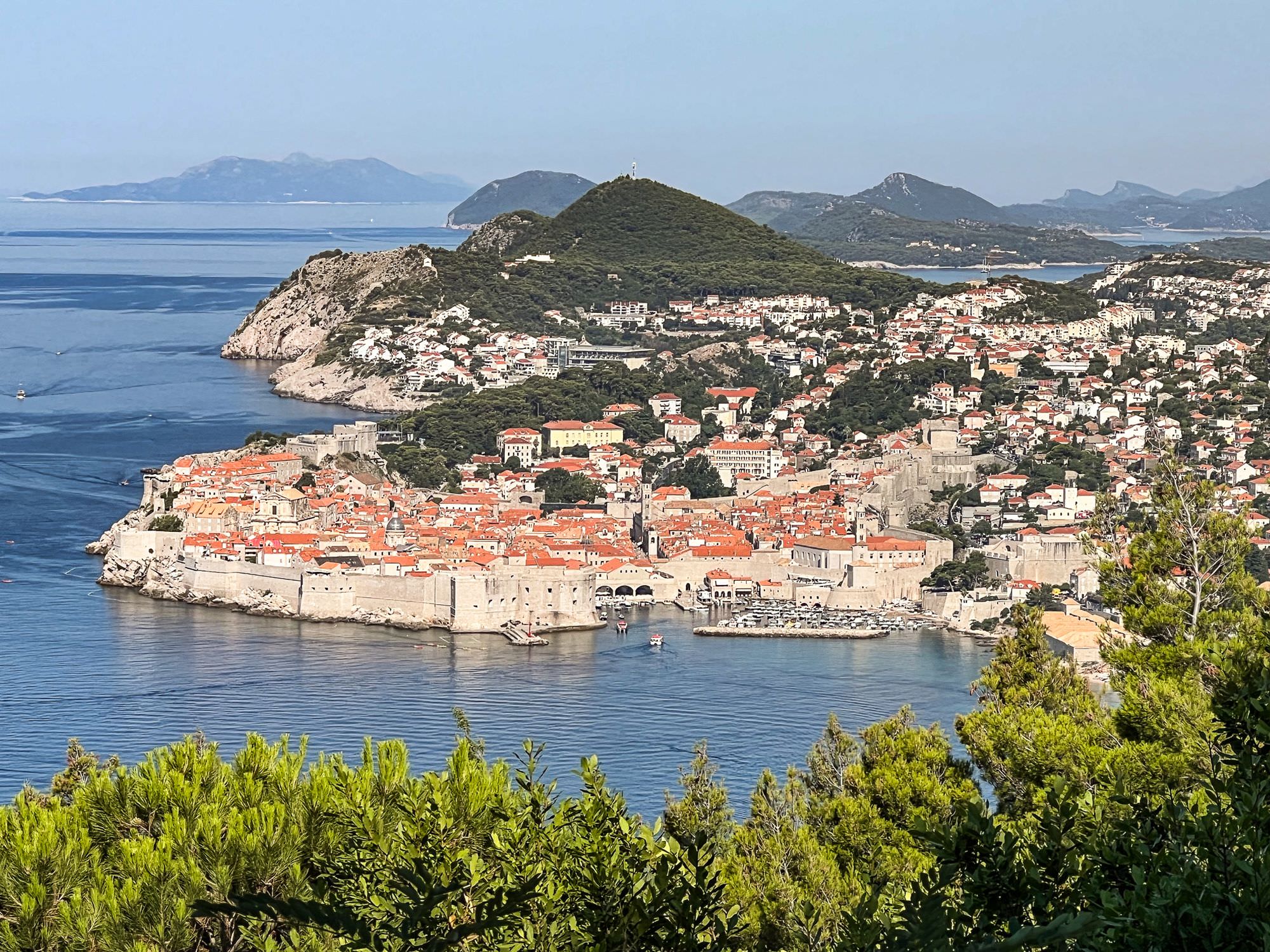
In all old towns, one can find several squares, public large spaces in front of the largest churches in town. The town square I liked the most was the Roman Forum in Zadar. It is named after the ruins of the Roman Forum that can be seen there.

There's so much history packed in this little town square: first, the ruins of the Roman Forum that has been around from the 3rd century, then the old St. Donatus Basilica, built in the 9th century. If you look closely at the base of the basilica, you can see what was used to build the foundation, pieces of columns and construction material recycled from older buildings. St. Mary Church is opposite to St. Donatus and then the tower next to the Basilica belongs to the Cathedral of St. Anastasia. The square is almost empty during the day in the summer, but at night it is filled with people and street artists and vendors. I like that it is not closed in between buildings like most of the squares but on one side it has an opening to the sea promenade, so it is more breezy and has a beautiful view of the sea.

On the way to Dubrovnik, we stopped in Omis, which, I thought, was the most picturesque city on the Dalmatian Coast. That day, I and Radu, my husband, were celebrating our 24 wedding anniversary.

I loved the nature around this city, the Cetina River winding through the spectacular cliffs of its canyon on one side, and the sea in the background on the other side. We climbed on the Mirabella fortress to have a panorama of the town. The Fortress, built in the 13th century, was used by the Omis pirates as a hideout.
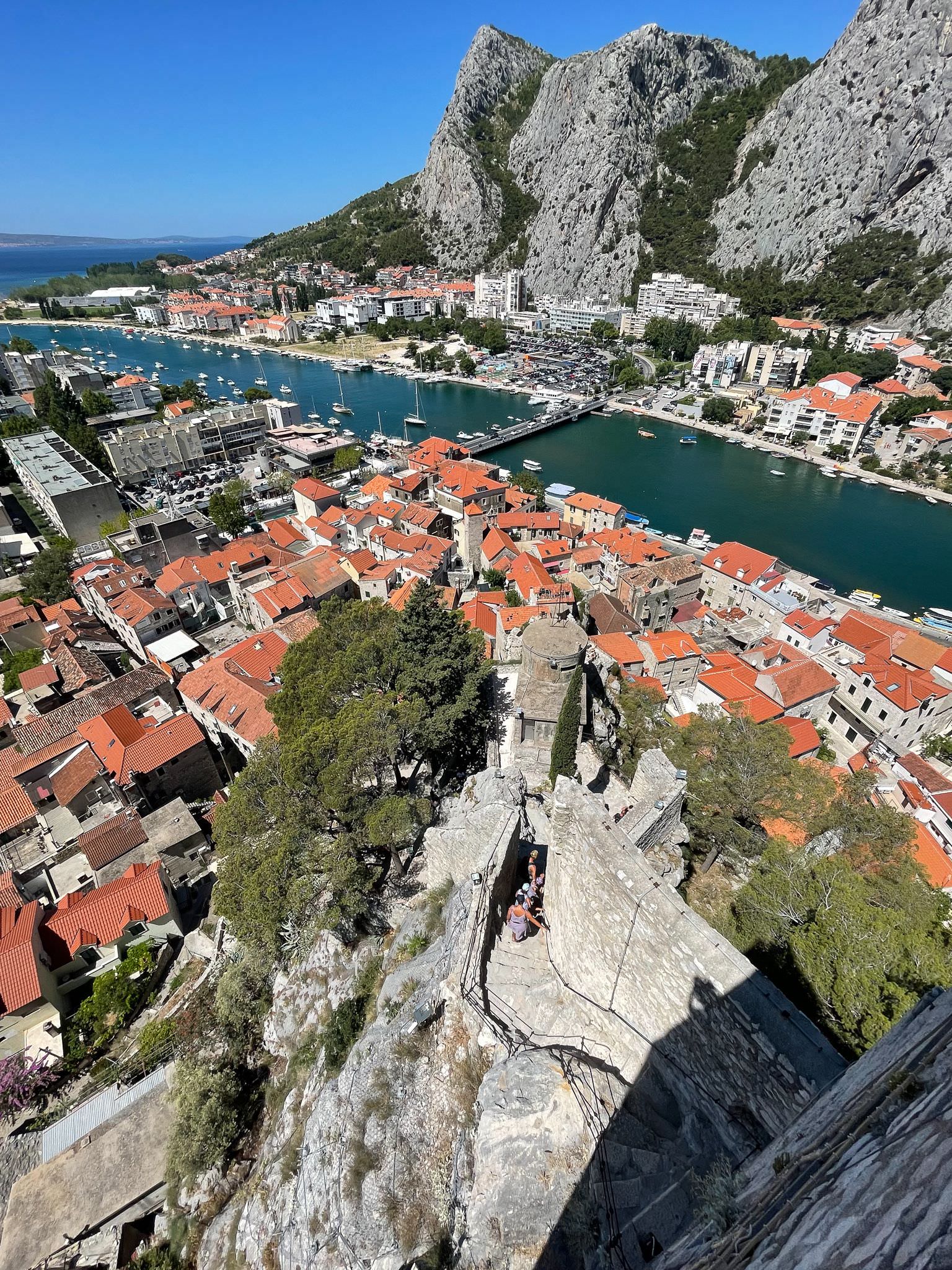
Mihai, 14
No, it's not named after a breed of dogs featured in a certain movie by Disney. The Dalmatian coast is a historical region in the country of Croatia and also partly in Montenegro. Many interesting things can be done here, like going to the beach, visit ancient fortifications built by the Venetians, going to the beach, see some filming locations for Game of Thrones (what's that anyway?), and for goodness' sake, GOING TO THE BEACH ALREADY, IT'S A COAST AFTER ALL!

My favorite activity there was going to the beach. After all, it's what people do here, and there are some very nice beaches. One of the best was Sjekirica Beach, on an islet called Mata Island.

This small island has a rocky beach, and it is advisable to wear water shoes when visiting. There is another reason for the water shoes. On many a rock around the island, you can find lurking sea urchins, ready to pounce and inject you with venom… Or just sit there. On some rocks in the shallows.

You can swim all around the island, which isn't so large. There are also some caves across from the island, and I swam to them and went in, but there is nothing worthwhile to see. However, one cave which is partly blocked from view by some rocks is a good idea to visit. This cave is nearly flooded, but a small part of it is dry. I loved visiting this cave because there was shade from the hot sun and the water was still deep enough to skip rocks.

Another nice thing to do on the Dalmatian Coast is visiting the fortifications on the hills in Kotor. These massive walls bear the Venetian lion above its gates. It is not a good idea to climb these hills during the day in summer because the heat can become nearly unbearable. When reaching the top of the fortifications, on top of a mountain, you can see the entire city of Kotor below. We also saw some cruise ships which were in the harbor.

Another pleasant thing to do is visit the old cites along the Dalmatian Coast. I liked the most three of them: the old town in Zadar, Diocletian's Palace (which was basically in the old town in Split), and the old town in Dubrovnik.

All of these old cities shared some characteristics: narrow streets, stone buildings, and proximity to the sea. However, they didn't look the same. Dubrovnik had watchtowers on the walls, Zadar didn't, Diocletian's Palace had houses BUILT INTO THE WALLS. I would not like to live there when the invading army came along and started shooting through my windows.

The Dalmatian Coast is:
Mata Island, covered in pine trees;
The delicious scents coming from the many corner stores in Dubrovnik;
The cool water of the Adriatic sea;
The cheese-starved pizza we ate in Dubrovnik (never eat at restaurants in Croatia);
The crashing of waves on the shores of Mata Island.

Paul, 11
My favorite thing to do on the Dalmatian Coast was going to a cave across Mata Island, which I dubbed the Cave of a Thousand Echos because of the many echos that occurred when the waves hit the back of the cave. From one of the rocks jutting out from near the cave, my brother and I jumped into the cool waters of the Adriatic Sea.

Another favorite activity was exploring the sea floor. I could see schools of fish swimming among the rocks. There I found a curious plant that grabbed my finger when I touched it.
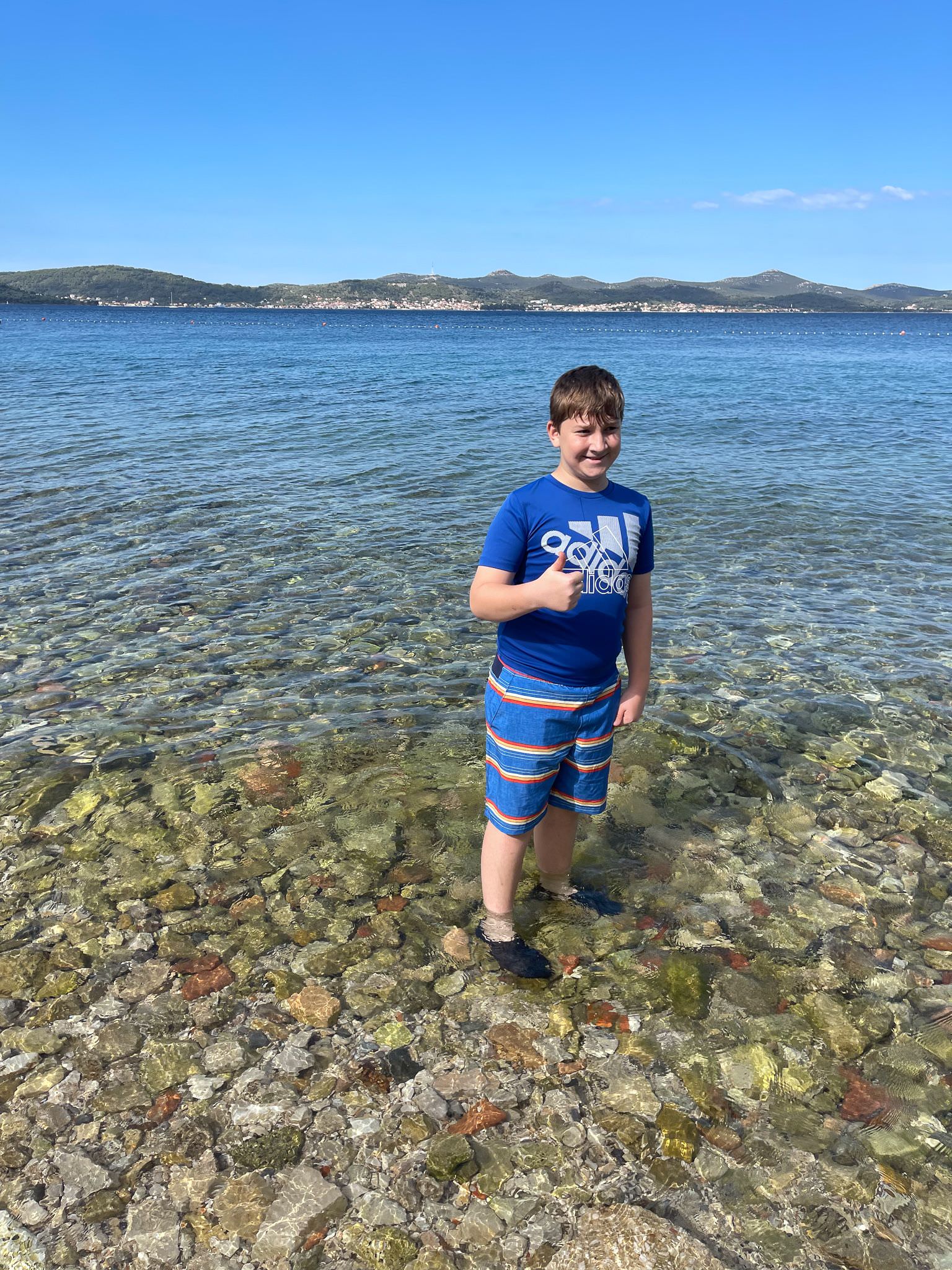
I also liked jumping off a small jutting rock near the Mata Island. On the rock there were some sea urchins that if touched would make you hurt for a long time, luckily I did not see if the outcome was correct since I did not touch any of them.

I would go again to find the plant that grabbed my finger and take it home with me in a black van with tape over its mouth, and then interrogate it under the threat of putting it in a tank somewhere in Florida.
The Dalmatian Coast is for me:
The many colored fish swimming under the water.
The plant grasping my fingers with its sticky tendrils.
The rough rock jutting out by the Mata cave.
The pebbly beach leading into the cave.
The cool, inviting water of the sea.




